It’s National Tree Day weekend and the winter sunshine is here to help with the planting.
As many as a million trees could be planted this weekend all over the country. Whether it’s a huge white mahogany, like the one I’ll be planting on Sunday, or a flowering tree in your backyard we all need trees, so why not join in the fun.
It’s Time To
Plant a tree
Join in the fun on National Tree Day, July 31. You could join one of the many community tree planting ceremonies happening around the country or get the
kids involved and plant one at home.
Whatever tree you decide to plant consider how big the tree will become. Choose a spot suitable for the likely size and shape your tree will grow to. Dig
a suitably deep and wide hole and water in well enough to remove any air-pockets around tree roots. Give your tree a good feed and watch it grow.
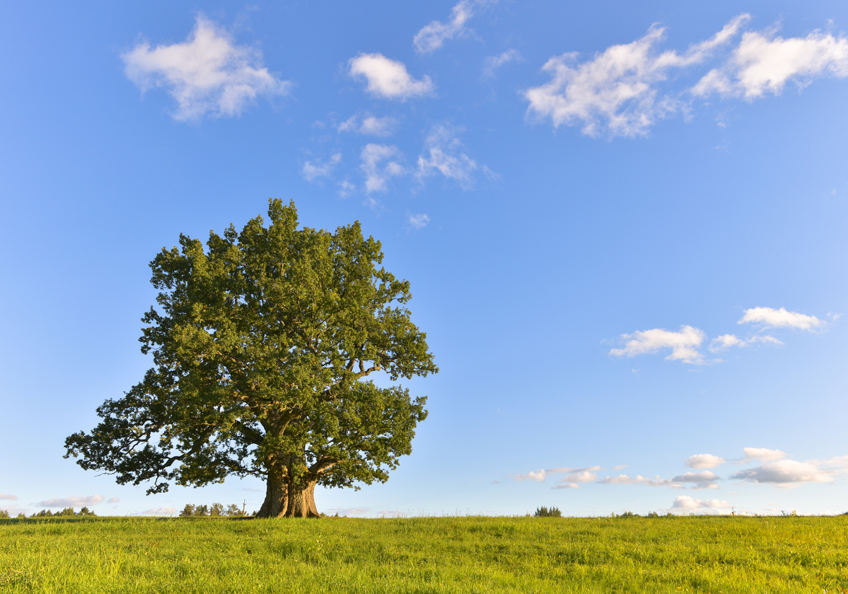
Plant a tree for your grand kids this Sunday, National Tree Day
Compost
Turn out the compost bin and spread it over the garden to feed the soil.
Gather fallen leaves from your garden, the nature strip, or the roadside, and add them to the compost.
Prune
Prune plants that have finished flowering including hydrangea, salvia, buddleia, angel’s trumpet (brugmansia), sedum, pokers and ornamental grasses.
Leave frost-tender plants like hibiscus until spring.
Prune roses. For best results, take a light tough with old roses and with climbers – prune just enough to keep them under control.
Feed
Feed daffodils, jonquils, ranunculus, anemones and bluebells with bulb food.
It’s almost time for orchids to flower so encourage them with some fertiliser.
Frost
A sudden frost can cause damage frost-tender plants. When frosts are forecast wrap newspaper around the base of potential victims. Get up early and hose
off any frost before the sun hits.
Move
Most plants are dormant during July so it’s an ideal time to plant or to move plants that are in the wrong place.
Grow
Love mushrooms? Buy a kit and grow your own.
Bright Idea
Get a head start on summer tomatoes by sowing seed into small pots or trays. Try one of the many heirloom varieties. One of Linda's favourites, ‘Wapsipinicon
Peach’ may be impossible to pronounce but has great flavour. The cream fruit are covered by a fine fuzz that seems to deter fruit fly. Or try ‘Black
Russian’ and ‘Jaune Flamme’. (All available from Diggers.)
Fill a seed tray or small pot with seed-raising mix and thinly sow tomato seed on the surface. Lightly cover with a dusting of sand. Cover trays with a
sheet of glass; pots with an inverted, snuggly fitting glass jar. Place inside on a sunny windowsill and keep just moist. Once the seedlings are robust
(in about 4 -6 weeks) pot each one into its own small pot. Keep them indoors, warm and just moist until spring. Once any chance of frost has passed
plant them into the garden.
Bush garden
Callistemon viminalis ‘Captain Cook’, Bottlebrush
This bottlebrush was introduced as a seedling variation from 6-10m growing parent species, C. viminalis the Weeping Bottlebrush.
‘Captain Cook’ grows to 1.5 -2m maximum, it is more shrub-like with masses of small red brushes in spring and again in autumn.
A very hardy shrub grown in a wide range of climates across Australia.
In the excellent publication,’ Australian Native Plants’, it is noted that unfortunately seedlings of the original dwarf discovery have been sold into
the industry and they have grown into taller plants but those propagated from cuttings correctly, have remained shrubs.
A light trim after the final autumn flush will encourage a compact plant prolific in flowers each year. It advisable to feed with a specific native fertiliser
after pruning and again after the spring flush.
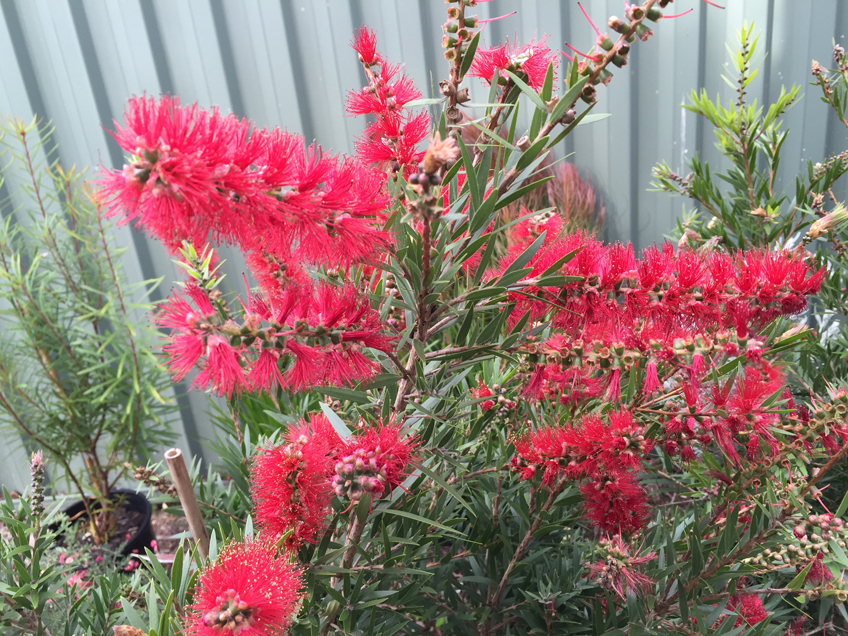
Callistemon viminalis ‘Captain Cook’. Photo - Graham Ross
Bugwatch
Myrtle rust
Myrtle rust is a huge problem. Why? Because it affects the Myrtaceae family of plants, which include eucalypts, tea tree, paperbark, and bottlebrush. That’s
a lot of Australia’s native trees. This disease is difficult to control, it’s killing trees from the Myrtaceae family with alarming speed, and we aren’t
doing enough to control it.
In 2010, myrtle rust was detected for the first time in Australia on the central coast of New South Wales. With the wind-borne nature of the disease and
the abundance of suitable plant hosts in the Australian environment, the disease spread rapidly and is now considered established and widespread along
the entire east coast of Australia.
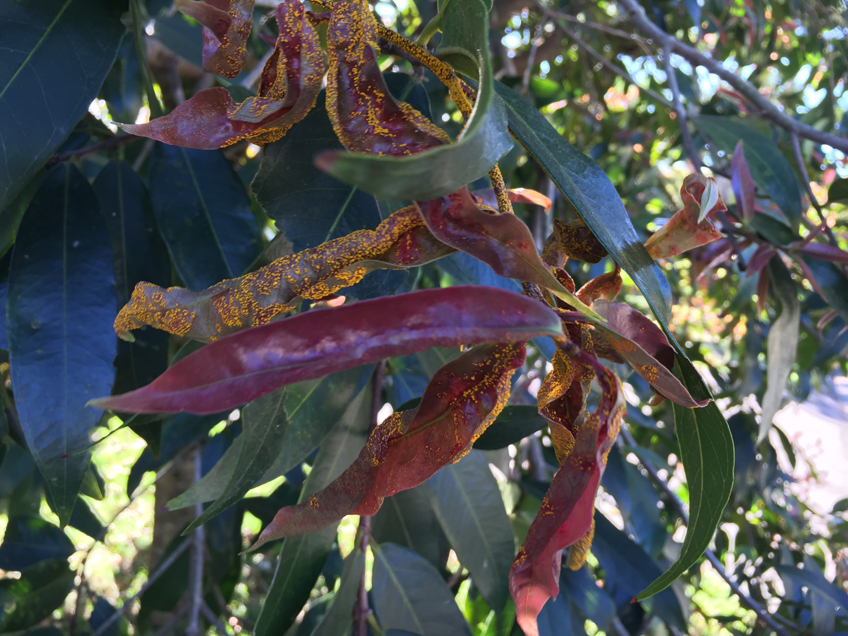
Myrtle rust all over the new growth will spread rapidly and could kill this tree if not controlled. Photo - Graham Ross
But there is hope. Through a PBCRC research project with the NSW Department of Primary Industries
and Queensland Department of Agriculture and Fisheries, scientists are investigating how to manage the impact of myrtle rust – a disease that has the
potential to cause widespread change in native plant species and impacts on the ecological communities they support. This research is being led by
Dr Suzy Perry and Dr Geoff Pegg from Queensland Department of Agriculture and Fisheries, with significant support from Dr Angus Carnegie.
Read more about the PBCRC research project in the latest blog, ‘Myrtle rust - a threat to the Australian landscape and plant industries’
Garden News
Nurseryman and Principal of Coolwyn Nurseries in Monbulk VIC, Leo Koelewyn talks Magnolias
I’ve loved magnolias all my life. So it pleases me to see that nurseries are selling thousands of them, and lots of new varieties. So don’t just buy an
ordinary M. soulangeana. Get to know some of the lovely new varieties available. Here are a few that Leo is now growing for market.
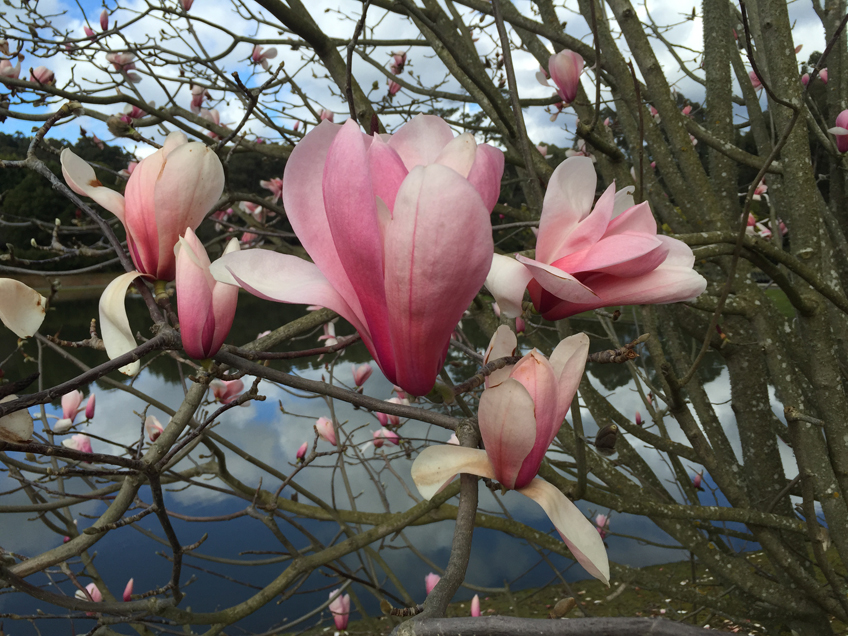
M. campbellii var. molicomata. Photo - Graham Ross
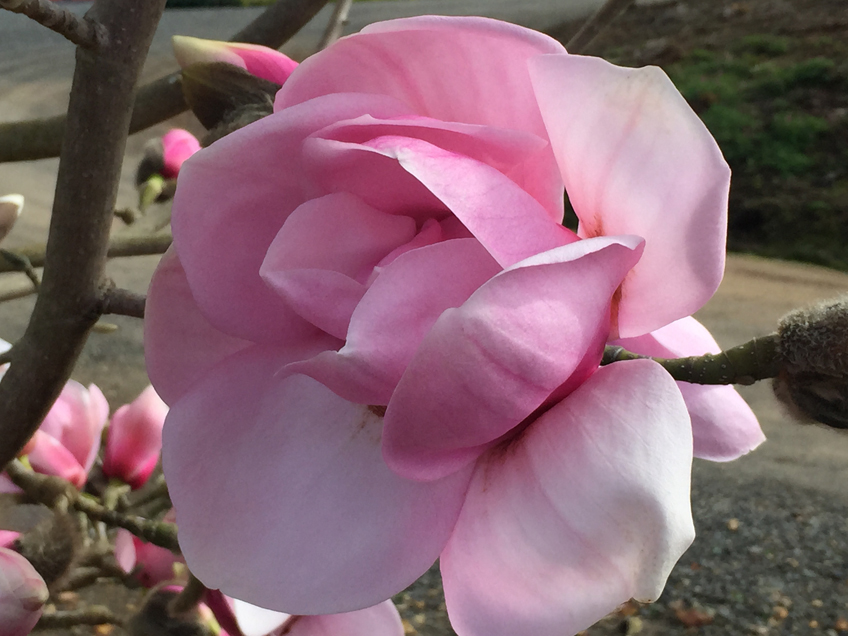
Magnolia X ‘Caerhays Belle’ bred in England. Photo - Graham Ross
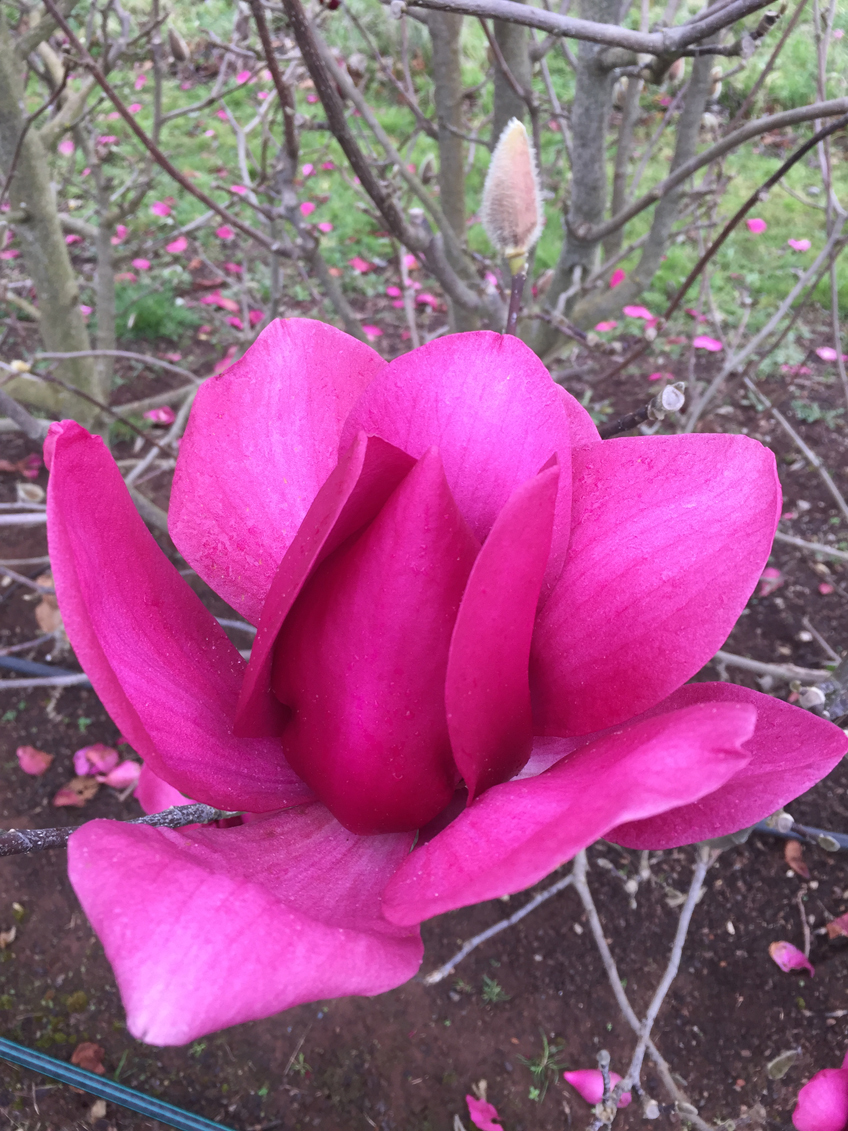
Magnolia X ‘Vulcan’. Photo - Graham Ross
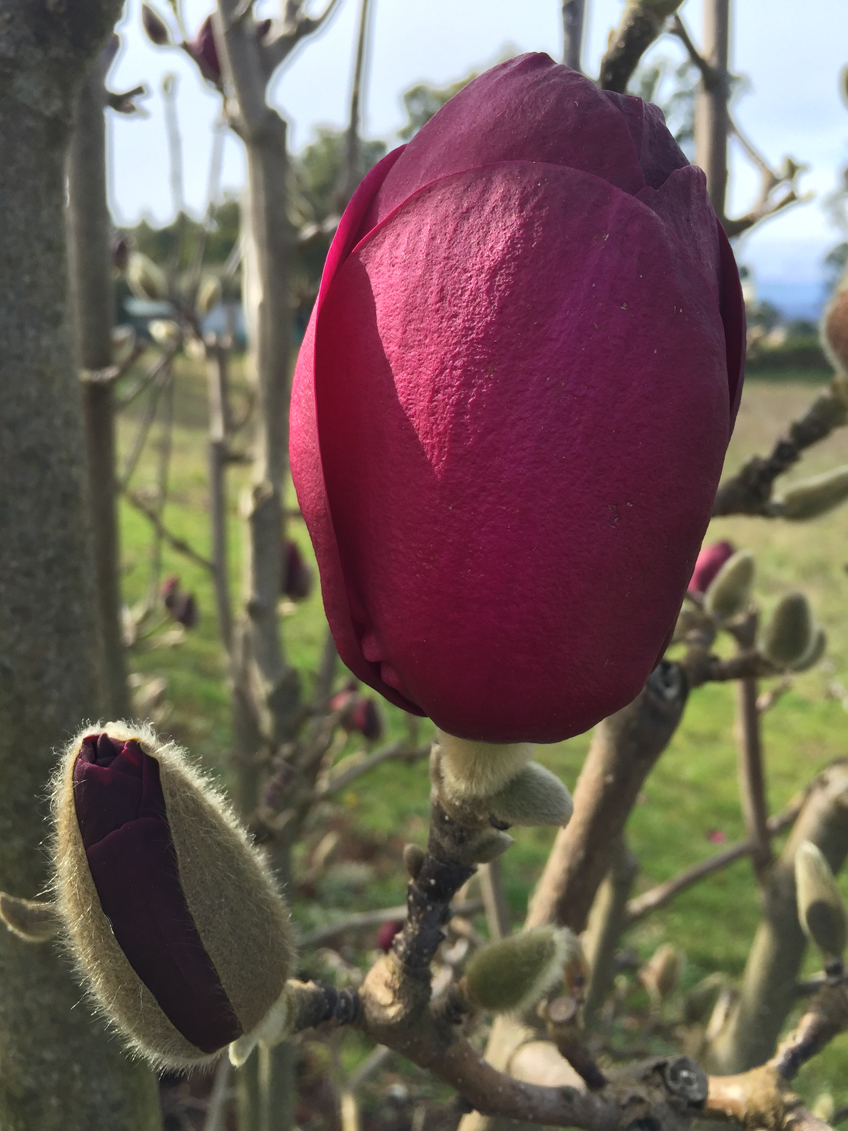
Magnolia X ‘Black Tulip’. Photo - Graham Ross
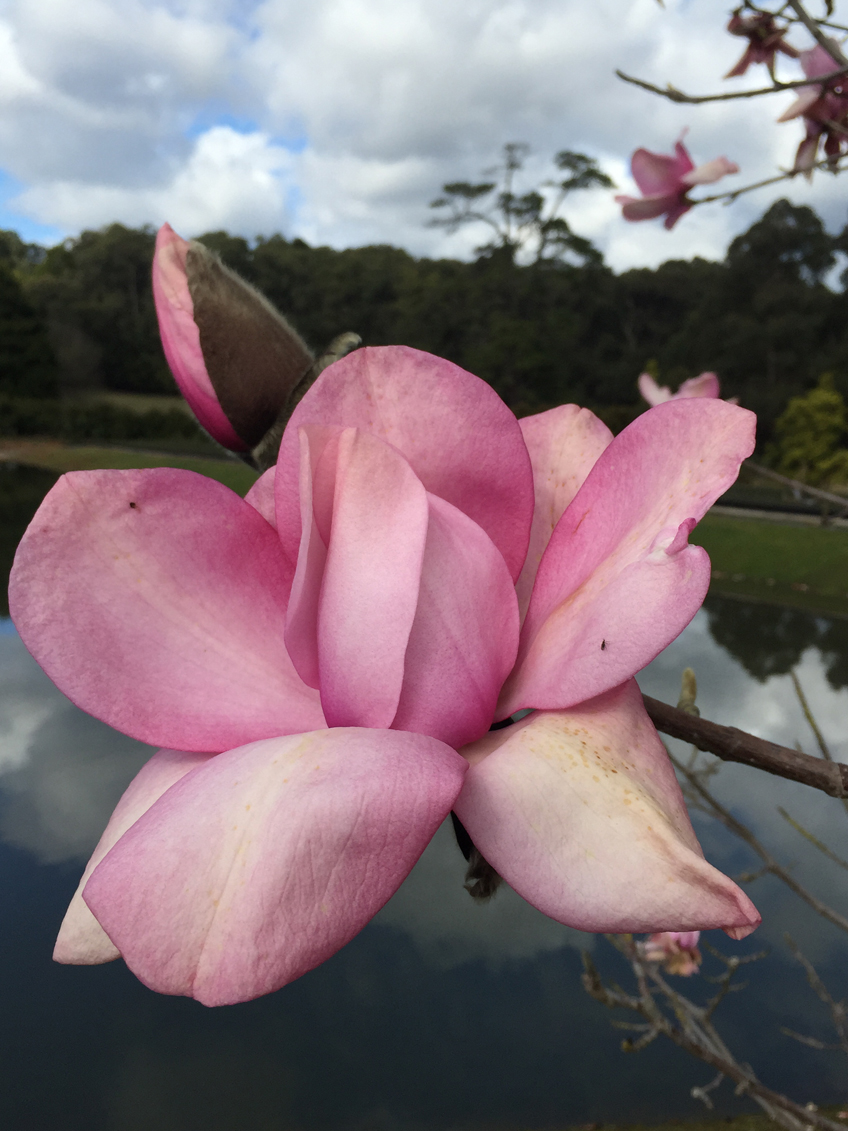
Magnolia X ‘Lanarth’. Photo - Graham Ross
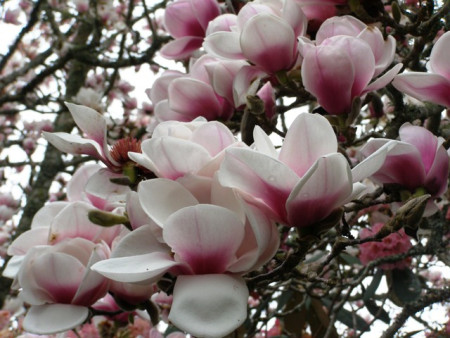
Magnolia X ‘Athene’. Photo - Mark Jury
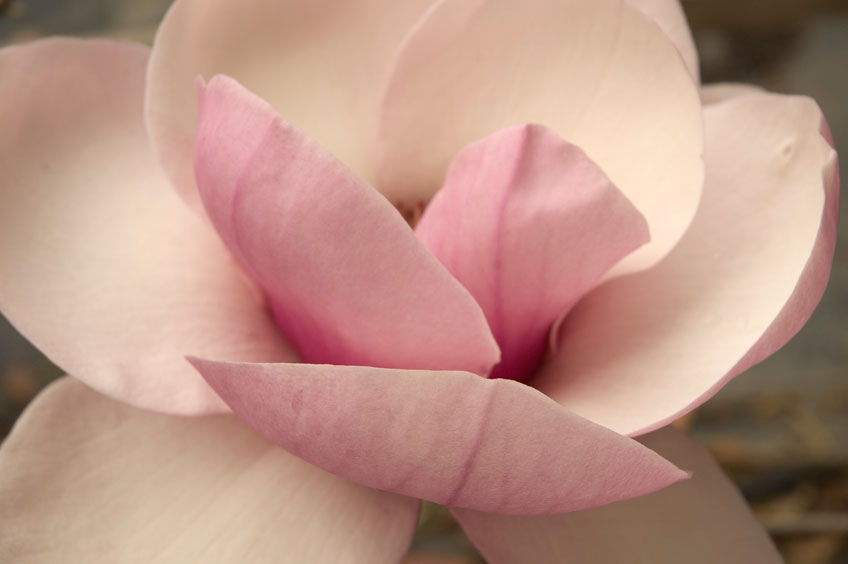
Magnolia X ‘Atlas’. Photo - Graham Ross
Come away with us
Japan in Spring
Follow the cherry blossom trail as it blooms across Kyoto, Kanazawa, Nikko and Tokyo on a 15-day tour that will take you inside Japan’s great gardens. You’ll meet some of the masters of Japanese horticulture, and
experience that fascinating mix of ancient serenity and eye-popping modernity that makes Japan such an exciting destination.
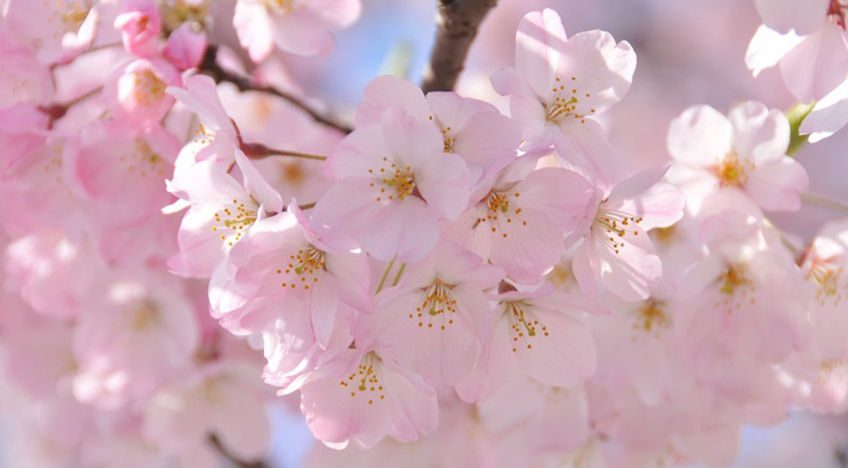
for the most impressive cherry blossom display in the world it has to be Japan in spring
For more information on this incredible tour go to the Ross Tours website, or call Royce or Roslyn at Ross Tours to reserve your place on 1300 233 200 for more details on the tour.